Top 10 Tips for Choosing The Right Toys for Kids

Toys play a crucial role in a child’s development, offering not just entertainment but also opportunities for learning and growth. However, ensuring that the toys your children play with are safe is paramount to their well-being. Here are some essential tips that will help to find the best toys for your child. So, without wasting time, let’s get started.
How to choose the right toys for your child?
- Consider Age and Developmental Stage
- Promote Learning and Skill Development
- Encourage Creativity and Imagination
- Scree-free fun
- Promote Brain Exercise
- Safety First
- Consider Interests and Preferences
- Encourage Social Interaction
- Durability and Longevity
- Balance Between Electronics and Traditional Toys
1.Consider Age and Developmental Stage
When selecting toys for your child, it’s crucial to pay attention to the age recommendations provided on the packaging. These guidelines are not just about safety; they also align with developmental milestone 1s. Toys designed for specific age groups are crafted to suit children's cognitive abilities, motor skills, and emotional development at that stage. For instance, toys for infants typically focus on sensory exploration and basic motor skills, while toys for preschoolers might emphasize fine motor control, problem-solving, and imaginative play. By choosing toys that match your child's age and developmental stage, you ensure they are not only safe but also appropriately challenging and engaging.
2. Promote Learning and Skill Development
Toys play a significant role in fostering children's learning and skill development. Look for toys that stimulate various aspects of development relevant to your child's age. For example, jigsaw puzzles help develop problem solving skills, while DIY Toys encourage fine motor skills and creativity and also develop family bonding as assembling DIY toys parents and children work together. By selecting toys that align with your child's developmental needs, you provide opportunities for them to learn new skills in a fun and interactive manner.
3. Encourage Creativity and Imagination
Toys that stimulate creativity and imagination are invaluable for children's development. Building sets, arts and crafts supplies, and open-ended toys encourage children to explore, experiment, and create their own narratives and worlds. These toys not only foster creativity but also support cognitive development, problem-solving skills, and emotional expression, allowing children to develop their unique talents and interests.
4. Screen-Free Fun
Consider toys and activities that promote screen-free fun to enrich your child's play experiences such as Jigsaw puzzles, arts and crafts, board games, and outdoor games. These activities stimulate creativity, problem-solving skills, and social interaction without relying on electronic devices. Screen-free fun not only supports your child's cognitive and physical development but also fosters meaningful connections with family and friends. Prioritize toys and activities that inspire imagination and exploration, offering a balanced and enriching play environment away from screens.
5. Promote Brain Exercise
Choose toys that engage your child's mind and promote brain exercise like wooden tic tac toe, solitaire, chess board maze puzzle, etc. These toys stimulate critical thinking, creativity, and logical reasoning, helping to develop important cognitive functions from an early age. Incorporating brain-exercising toys into playtime not only enhances learning but also encourages a love for discovery and exploration.
6. Safety First
Ensuring the safety of toys is paramount when choosing items for children. Always inspect toys for sturdy construction and durability, particularly for younger children who may play more vigorously. Check that the materials used are non-toxic and free from harmful chemicals. Avoid toys with small parts that could pose choking hazards, and steer clear of those with sharp edges or points that could cause injury during play. Prioritizing safety ensures that your child can enjoy their toys without unnecessary risks.
7. Consider Interests and Preferences
Children engage more deeply with toys that capture their interests and align with their preferences. Whether your child loves robot models, bike toys, dolls, or exploring nature, choosing toys that cater to their passions enhances their enjoyment and extends playtime. Toys that reflect their interests encourage creativity, imagination, and sustained engagement, fostering a positive relationship with play and learning.
8. Encourage Social Interaction
Toys that promote social interaction and cooperative play are beneficial, especially as children grow older. Board games, team sports equipment, or collaborative building sets encourage communication, teamwork, and sharing. These toys help children develop social skills such as taking turns, negotiating, and resolving conflicts, laying the foundation for positive interactions with peers and family members.
9. Durability and Longevity
Investing in well-made, durable toys ensures they can withstand the wear and tear of active play and last through multiple children if applicable. Quality toys not only offer better value for money but also provide a safer play experience. Checking reviews and recommendations from other parents or reliable sources can help you assess the durability and longevity of toys before making a purchase, ensuring they stand the test of time.
10. Balance Between Electronics and Traditional Toys
While electronic toys can be educational and entertaining, it’s important to strike a balance with traditional toys that encourage hands-on play and creativity. Limiting screen time and prioritizing toys that promote active engagement, problem-solving, and imaginative play supports healthy development. Traditional toys such as building blocks, art supplies, and outdoor equipment offer children opportunities to explore their surroundings and develop essential skills without relying solely on technology.
Conclusion
Choosing the best toys for children involves thoughtful consideration of their age, developmental stage, safety, interests, and educational value. By selecting toys that align with these factors, you provide your child with enriching play experiences that support their physical, cognitive, social, and emotional development.
- Age-appropriate toys
- Best learning toys
- Best toys for toddlers
- Choosing the best toys for kids
- Educational toys for children
- Gift ideas for kids Parenting tips for toy shopping
- How to choose safe toys
- Top toys for kids
- Toy recommendations for kids
- Toy safety for kids
- Toy selection for babies
- Toy selection tips
- Toys for creative play
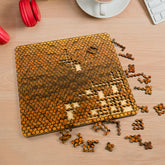

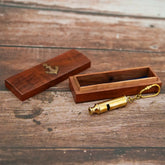

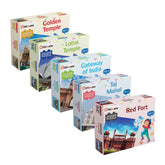

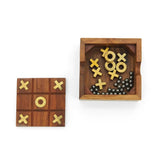



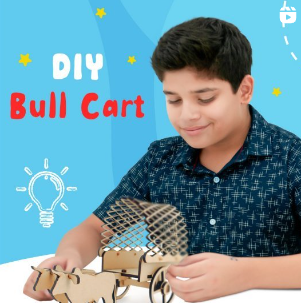
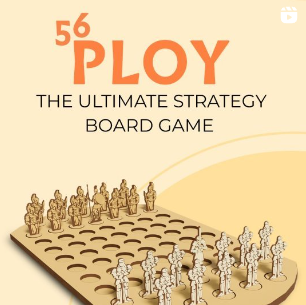
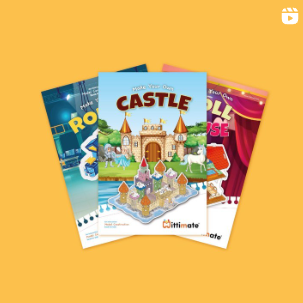
Leave a comment
Please note, comments need to be approved before they are published.